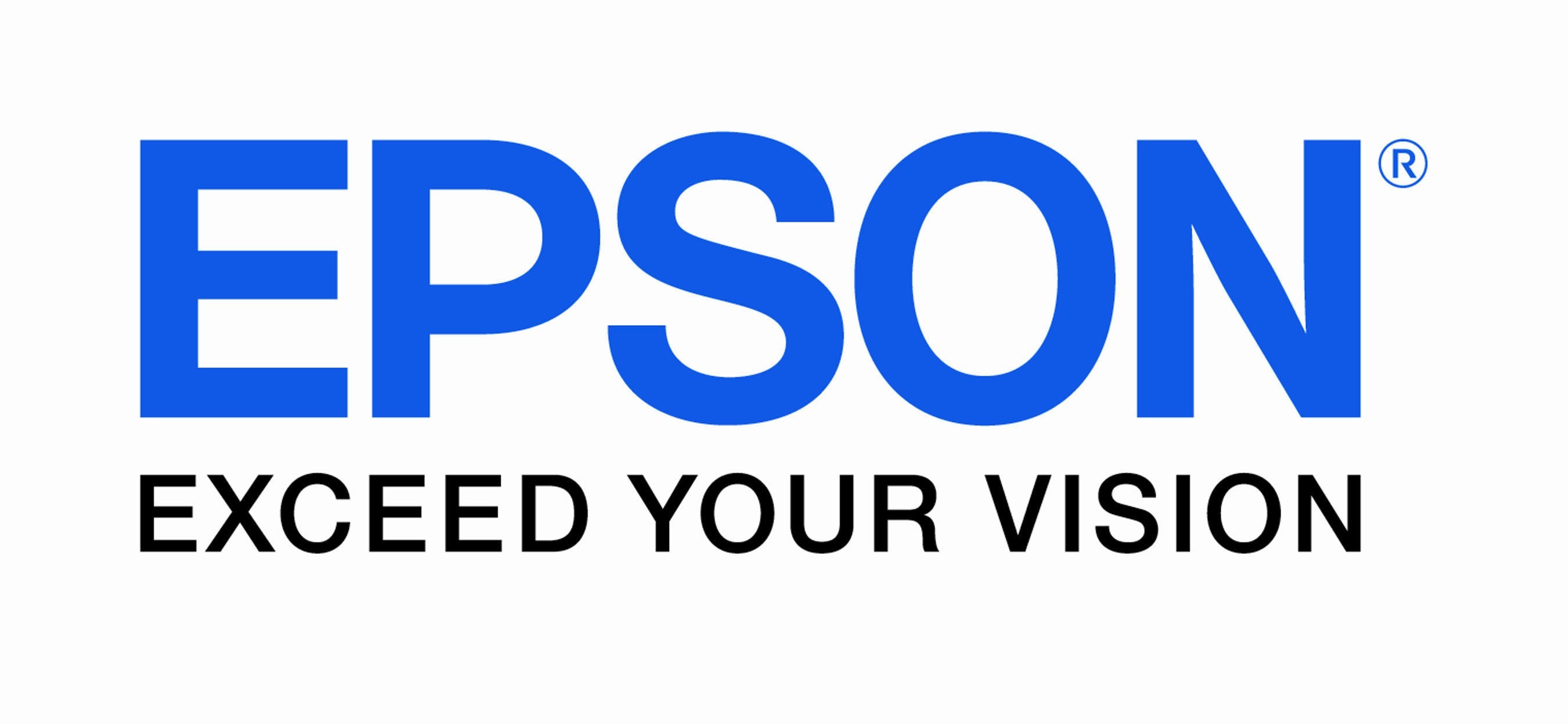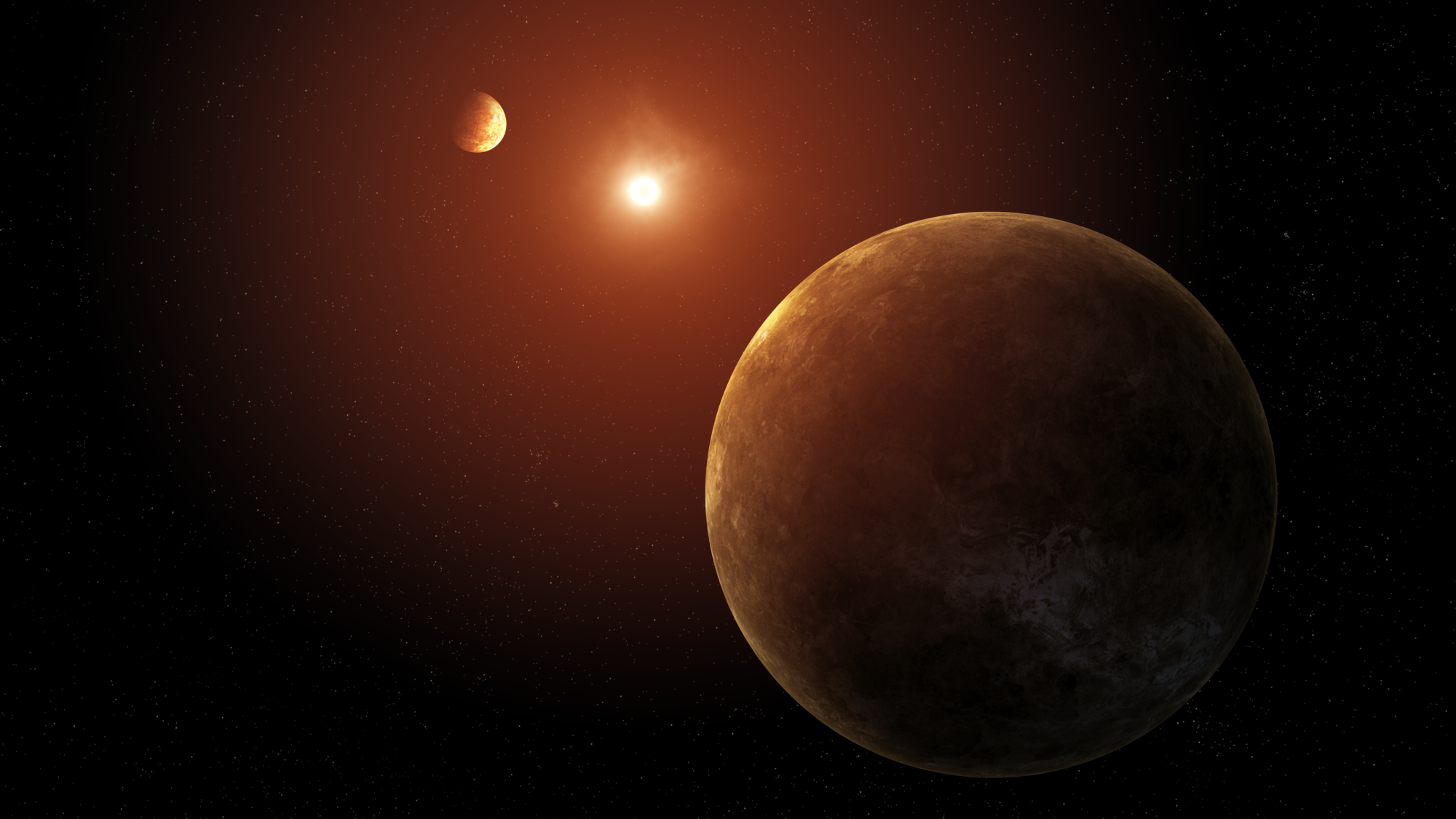NASA Names Artemis Team of Astronauts Eligible for Early Moon Missions

WASHINGTON, Dec. 9, 2020 /PRNewswire/ — NASA has selected 18 astronauts from its corps to form the Artemis Team and help pave the way for the next astronaut missions on and around the Moon as part of the Artemis program.
Vice President Mike Pence introduced the members of the Artemis Team Wednesday during the eighth National Space Council meeting at NASA’s Kennedy Space Center in Florida.
“I give you the heroes who will carry us to the Moon and beyond – the Artemis Generation,” said Vice President Mike Pence. “It is amazing to think that the next man and first woman on the Moon are among the names that we just read. The Artemis Team astronauts are the future of American space exploration – and that future is bright.”
The astronauts on the Artemis Team come from a diverse range of backgrounds, expertise, and experience. The agency’s modern lunar exploration program will land the first woman and next man on the Moon in 2024 and establish a sustainable human lunar presence by the end of the decade.
NASA will announce flight assignments for astronauts later, pulling from the Artemis Team. Additional Artemis Team members, including international partner astronauts, will join this group, as needed.
“We are incredibly grateful for the president and vice president’s support of the Artemis program, as well as the bipartisan support for all of NASA’s science, aeronautics research, technology development, and human exploration goals,” said NASA Administrator Jim Bridenstine. “As a result, we’re excited to share this next step in exploration – naming the Artemis Team of astronauts who will lead the way, which includes the first woman and next man to walk on the lunar surface.”
The astronauts of the Artemis Team will help NASA prepare for the coming Artemis missions, which begin next year working with the agency’s commercial partners as they develop human landing systems; assisting in the development of training; defining hardware requirements; and consulting on technical development. They also will engage the public and industry on the Artemis program and NASA’s exploration plans.
“There is so much exciting work ahead of us as we return to the moon, and it will take the entire astronaut corps to make that happen,” Chief Astronaut Pat Forrester said. “Walking on the lunar surface would be a dream come true for any one of us, and any part we can play in making that happen is an honor. I am proud of this particular group of men and women and know that any of them would do an outstanding job representing NASA and the United States on a future Artemis mission.”
The Artemis Team members are:
Joseph Acaba was selected as a NASA astronaut in 2004. He has spent 306 days in space and performed three spacewalks. The Anaheim, California, native holds a bachelor’s degree in geology, as well as master’s degrees in geology and education. Before coming to NASA, he taught high school science and middle school math and science.
Kayla Barron was chosen as an astronaut in 2017. Originally from Richland, Washington, she earned a bachelor’s degree in systems engineering and a master’s degree in nuclear engineering. As a submarine warfare officer, Barron was a member of the first class of women commissioned into the submarine community. She is a lieutenant commander in the U.S. Navy.
Raja Chari joined the astronaut corps in 2017. A colonel in the U.S. Air Force, he was raised in Cedar Falls, Iowa. He received a bachelor’s degree in astronautical engineering and a master’s degree in aeronautics and astronautics. The U.S. Naval Test Pilot School graduate worked on F-15E upgrades and then the F-35 development program, before coming to NASA.
Matthew Dominick was chosen as an astronaut in 2017. Born in Wheat Ridge, Colorado, he holds a bachelor’s degree in electrical engineering and a master’s degree in systems engineering. He also graduated from the U.S. Naval Test Pilot School and was a developmental test pilot specializing in aircraft carrier launches and landings before coming to NASA.
Victor Glover was selected as an astronaut in 2013. The Pomona, California, native and U.S. Navy Commander earned a bachelor’s degree in general engineering and master’s degrees in flight test engineering, systems engineering, and military operational art and science. He piloted the Crew-1 Dragon Resilience and is currently serving as an Expedition 64 flight engineer aboard the International Space Station.
Warren Hoburg joined the astronaut corps in 2017. A native of Pittsburgh, Pennsylvania, he holds a bachelor’s degree in aeronautics and astronautics, and a doctorate in electrical engineering and computer science. Before coming to NASA, he was an assistant professor at Massachusetts Institute of Technology and a seasonal member of the Yosemite Search and Rescue team.
Jonny Kim came to NASA as part of the 2017 astronaut class. The Los Angeles, California, native enlisted in the U.S. Navy following high school. He became a Navy SEAL before earning his commission and going back to school to pursue a bachelor’s degree in mathematics, followed by a doctor of medicine.
Christina Hammock Koch was selected as an astronaut in 2013 and holds the record for longest single spaceflight by a woman, with 328 days in space and six spacewalks. She grew up in Jacksonville, North Carolina, and received bachelor’s degrees in electrical engineering and physics, and a master’s degree in electrical engineering.
Kjell Lindgren was chosen as an astronaut in 2009. He spent 141 days in space and performed two spacewalks. Born in Taipei, Taiwan, he holds a bachelor’s degree in biology, a master’s degree in cardiovascular physiology and a doctor of medicine. Before becoming an astronaut, he was a flight surgeon supporting space shuttle and space station missions.
Nicole A. Mann joined the astronaut corps in 2013 and is currently training as pilot for the Crew Flight Test of Boeing’s CST-100 Starliner. Born in Petaluma, California, she earned bachelor’s and master’s degrees in mechanical engineering. The U.S. Marine Corps lieutenant colonel was an F/A-18 fighter pilot and graduate from the U.S. Naval Test Pilot School.
Anne McClain, from Spokane, Washington, joined the astronaut corps in 2013. She has spent 204 days in space and conducted two spacewalks. The U.S. Army lieutenant colonel is a Senior Army Aviator and graduated from the U.S. Naval Test Pilot School as a helicopter test pilot. She holds a bachelor’s degree in mechanical/aeronautical engineering, and master’s degrees in aerospace engineering and international relations.
Jessica Meir was chosen as an astronaut in 2013. She has spent 205 days in space and performed three spacewalks. A native of Caribou, Maine, she earned a bachelor’s degree in biology, a master’s degree in space studies, and a doctorate in marine biology. Before coming to NASA, she studied the physiology of animals in extreme environments.
Jasmin Moghbeli joined the astronaut corps in 2017. A major in the U.S. Marine Corps, she was raised in Baldwin, New York. She received both bachelor’s and master’s degrees in aerospace engineering. She also graduated from the U.S. Naval Test Pilot School and tested H-1 helicopters before she came to NASA.
Kate Rubins was chosen as an astronaut in 2009 and is currently orbiting Earth on her second flight aboard the International Space Station. She was raised in Napa, California, and holds a bachelor’s degree in molecular biology and a doctorate in cancer biology. She was the first person to sequence DNA in space and has performed two spacewalks.
Frank Rubio was selected as part of the 2017 astronaut class. The U.S. Army lieutenant colonel considers Miami, Florida, his hometown. He earned a bachelor’s degree in international relations and a doctor of medicine. He served as both a Blackhawk helicopter pilot and a flight surgeon in the Army before coming to NASA.
Scott Tingle came to NASA to join the 2009 astronaut class. The U.S. Navy captain has spent 168 days in space and performed one spacewalk. He considers Randolph, Massachusetts, his hometown and holds bachelor’s and master’s degrees in mechanical engineering. He also graduated from the U.S. Navy Test Pilot School.
Jessica Watkins joined the astronaut corps in 2017. The Lafayette, Colorado, native received a bachelor’s degree in geological and environmental sciences, and a doctorate in geology. Before becoming an astronaut, she was a postdoctoral fellow at the California Institute of Technology, where she served as a member of the science team for the Mars Science Laboratory rover, Curiosity.
Stephanie Wilson was chosen as an astronaut in 1996. A veteran of three space shuttle flights, she has spent 42 days in space. She was born in Boston, Massachusetts, and earned a bachelor’s degree in engineering science and a master’s degree in aerospace engineering. Before becoming an astronaut, she worked on the Galileo spacecraft at NASA’s Jet Propulsion Laboratory.
Acaba, Dominick, McClain, Meir, and Watkins attended the announcement in person, representing their teammates.
The five attending in person will answer media questions at Kennedy at 4 p.m. EST in an event that will be seen on NASA Television and the agency’s website:
Reporters wishing to interview members of the Artemis Team can send requests to jsccommu@mail.nasa.gov.
Ahead of a human return, NASA will send dozens of new science investigations and technology experiments to the Moon beginning in 2021 through the Commercial Lunar Payload Services initiative. This team announcement also follows the agency’s release Dec. 7 of a new science report highlighting the key science objectives for astronauts on the Artemis III surface mission. NASA and its partners will establish a sustainable human presence on the Moon by the end of the decade and prepare for sending astronauts farther into the solar system, including Mars.
For more information on the Artemis Team, visit:
https://www.nasa.gov/artemisteam
SOURCE NASA





